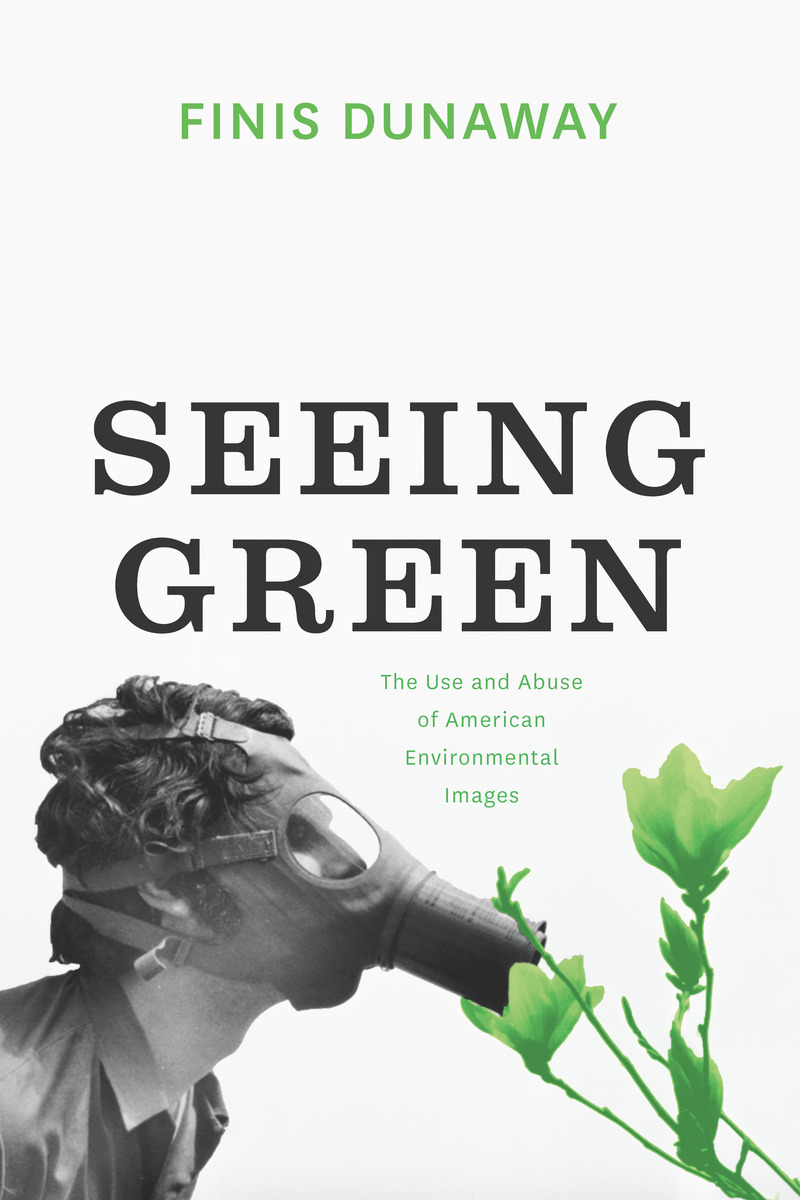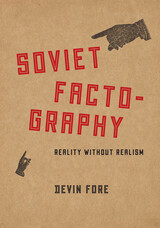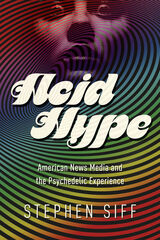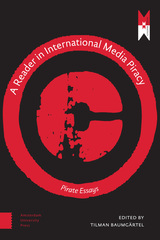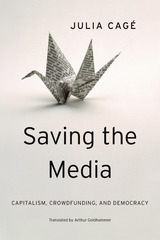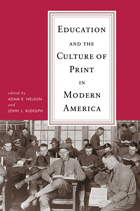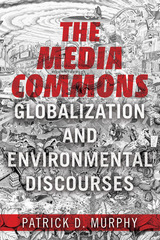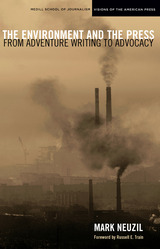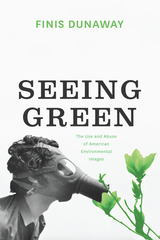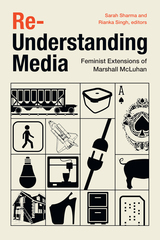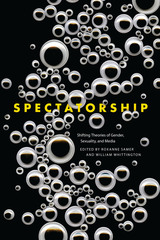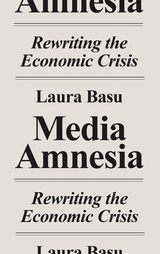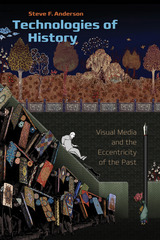“Dunaway clearly agrees with contemporary arguments that environmentalism has been defined narrowly and wrongly as only a white middle-class, post-war, suburban-based elite movement. But he goes further to ask why post-war environmentalism has been defined that way and how it was produced culturally and politically as exclusionary to working class and non-white Americans. It’s easy to condemn environmentalism as elitist. It’s harder and more important to figure out, culturally, how it got that way, and Dunaway is among the first to dig into that at this level of fine-grained scholarship and analysis. . . . This is an important and powerful work of scholarship on modern environmentalism.”
— Kathryn T. Morse, Middlebury College
"Finis Dunaway’s Seeing Green is not just a brilliant study of the ways images have shaped environmental debate. It’s also a provocative analysis of the reasons why the environmental movement hasn’t made more headway since the first Earth Day in 1970. Everyone working to address the challenge of climate change should read this book!"
— Adam Rome, author of The Genius of Earth Day
“Compelling and original, Seeing Green surveys the relationships among visual images and American environmentalism from the Cold War 1950s to the eco-consciousness of today, looking at a wide variety of images and media sources including ads, photo-essays, movies, cartoons, and comic books, and contextualizing them within larger discussions about affect, public life, environmental citizenship, and the limits of visual democracy. This accessible and informative book is sure to appeal to numerous readers including those in American history, American Studies, geography, media studies, and environmental studies.”
— Erika Doss, University of Notre Dame
"Dunaway's Seeing Green is a path-breaking cultural history of environmental policy debate. With careful argument and crystalline prose, Dunaway brilliantly shows how the iconic imagery of the environmental movement has shifted the public focus from structural to individual solutions, shielding corporate polluters from the critical scrutiny they deserve. Few historians have connected photography to politics more imaginatively, or with more illuminating results."
— Jackson Lears, author of Rebirth of a Nation: The Making of Modern America, 1877-1920
“The iconic environmental images Dunaway discusses are essentially advertisements, and adverts address individuals. They assume that radical social change will catch on like any other consumer good. . . . Dunaway, though, argues that you cannot market radical social action.”
— New Scientist
“Seeing Green makes an important contribution to our understanding of the modern environmental movement’s relationship with the American media. . . . Dunaway’s arguments are convincing, the narratives are exciting and, most important, the book is extremely thought provoking. Dunaway’s overall conclusions certainly will provoke needed debate and further critical analyses of both causes of and solutions to environmental problems.”
— H-Net
“Valuable. . . . Seeing Green will undoubtedly be a useful pedagogical tool by providing students a historical context for key environmental debates and teachers an opportunity to foster interdisciplinary study of the challenges the American environmental movement has experienced in the past five decades.”
— Interdisciplinary Studies in Literature and Environment
“Seeing Green’s strength lies in its easy conversational style, its well-researched examples, and the additional intellectual questions it raises in its observation of images as both efficacious and ineffectual. The book serves as an engaging introduction to a central dilemma of contemporary environmentalism: how do we successfully communicate the complexity of systemic slow violence to publics acclimatized to media messages of momentary spectacle and neoliberal values of consumption?”
— Environmental History
“Dunaway’s methodological approach to visual culture is extremely important for western historians as well as those in all historical subdisciplines. Rather than using images as mere illustrations of arguments made through more traditional source materials, Dunaway analyzes photographs, advertisements, cartoons, television shows, and films as primary historical texts. His deep readings show clearly that visual culture not only reflects social values but also actively shapes history. . . . Seeing Green is a must-read for those interested in the role of images in shaping American environmentalism and, perhaps more importantly, should serve as a methodological best practice for historians desirous of incorporating visual culture into their analysis.”
— Western Historical Quarterly
“Dunaway’s readings of images, and his weaving together of their implications, are often brilliant. The number of examples he has found, and his choice of examples, make for a richly textured story. . . . I hope this book finds a very wide audience, and provokes continued discussion. I hope teachers assign it in their courses. It is an excellent—and necessary—book.”
— American Historical Review
“As with all good works of history, Dunaway’s Seeing Green offers a provocative argument along with innovative approaches to historic sources. He argues that popular images from this era encouraged Americans to see environmental problems through the lens of ‘universal vulnerability’ and personal culpability but at a cost. . . . How does one communicate environmental issues to the public in ways that are helpful and useful? In its exploration of images’ power, SeeingGreen will no doubt help guide the way.”
— Journal of American History
“This is a smart, highly readable book that will prompt both undergraduates and seasoned scholars to think differently and more critically about the history of the environmental movement as well as the green messaging we encounter daily. Even more, Seeing Green is an excellent primer for environmental artists and others interested in producing their own alternative green iconography.”
— American Studies
“Dunaway has framed the modern environmental movement in urgent and compelling ways. He tells a story that must be integrated into a broader narrative of environmentalism in the twentieth century. After reading his book it becomes difficult to utter the familiar slogan ‘Think globally, act locally’ without a newfound introspection and thoughtfulness, or to gaze at environmental images without thinking harder about the complicated ideas and implications at work.”
— Keith Woodhouse, H-Environment
“The power of Dunaway’s book rests in his detailed documentation and analysis of the integral connections between consumer culture, systemic environmental problems, and popular environmentalism. Through this unraveling of the entanglement of representation and the material environment, emotion and science, consumer culture and environmentalism, Nature and Culture writ large, Dunaway speaks to the failure of enlightenment epistemology in a media saturated world governed by the forces of neoliberalism.”
— Marguerite Shaffer, H-Environment
Winner, AEJMC - Best Journalism & Mass Communication History Book Award
— Association for Education in Journalism & Mass Communication
Winner, John G. Cawelti Book Award
— Popular Culture Association/American Culture Association
Honorable Mention, PROSE Book Award
— Association of American Publishers
Short listed, Wallace K. Ferguson Prize
— Canadian Historical Association
Won, Robert K. Martin Book Prize
— Canadian Institute for American Studies
“Dunaway provides a nuanced discussion of the shifting meanings of environmental citizenship and the emotional politics surrounding these iconic images, which he sees as central to the emergence of popular environmentalism. In doing so, his work makes an important contribution to our understanding of the way images have shaped debates about environmentalism and the power relations that structure reform efforts. Moreover, his writing is engaging and accessible, making Seeing Green an excellent choice for a graduate or upper-level undergraduate course.”
— JHistory
